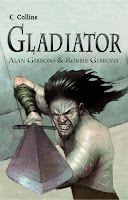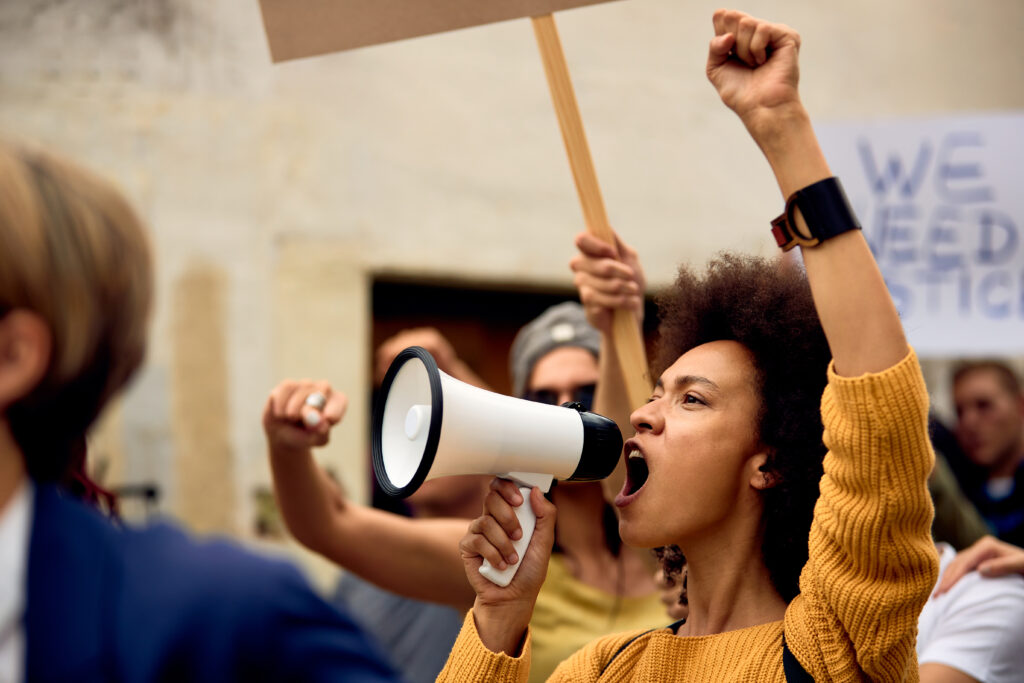When I started cooperating with my son Robbie on The Name is Kade and Gladiator, we were both aware that young readers now have a lot more competition for their time than when I was a kid in the Fifties or even when Rob was growing up in the Nineties.


The impact of digital platforms and TV is everywhere. There are social networking sites. There is YouTube. There is Manga and the graphic novel.
That sent us looking for immediate, fast-paced ways of conveying a narrative, forms that combined text and image in a way that swept the reader along.
One of my early influences was the Marvel comics of the 1960s, featuring lots of speech bubbles and an emphasis on colour and dynamic action.
Dialogue is absolutely central to this kind of storytelling. It has to be crisp, sharp and, if possible, funny. This is most evident in The Name is Kade with its updating of the first-person narrator detective story and noirish feel.
The lone hero marching into a hostile pool hall is transported from 1940s America to outer space in a genre that could be described as 25th Century Gumshoe.
The sentences form a short, staccato accompaniment to Eoin Coveney’s strikingly effective illustrations.

The timeslip tale Gladiator uses Matt Timson’s dramatic illustrations to similar effect. We didn’t want anything twee or childish in stories for today’s teenagers. The metamorphosis from boy to man in the story gave Matt free rein to capture the terrifying reality of gladiatorial combat.

I think both illustrators helped us, the authors, to achieve our aim: a robust, action-packed, visual tale that could compete with the many possible distractions in a young reader’s life.
Anyway, that is how Rob and I made our version of the modern comic, but why not design your own?
Download this free writing activity to do in class.
Alan Gibbons trained as a teacher and through working with young people discovered his literary voice. He started writing fiction for his pupils and published his first novel in 1993. Alan has also appeared on the BBC education programme Writer’s Block, the Blue Peter Book Awards, radio 4’s Front Row, and is a regular contributor to TES, Junior Education, Carousel, Books for Keeps and other journals.


